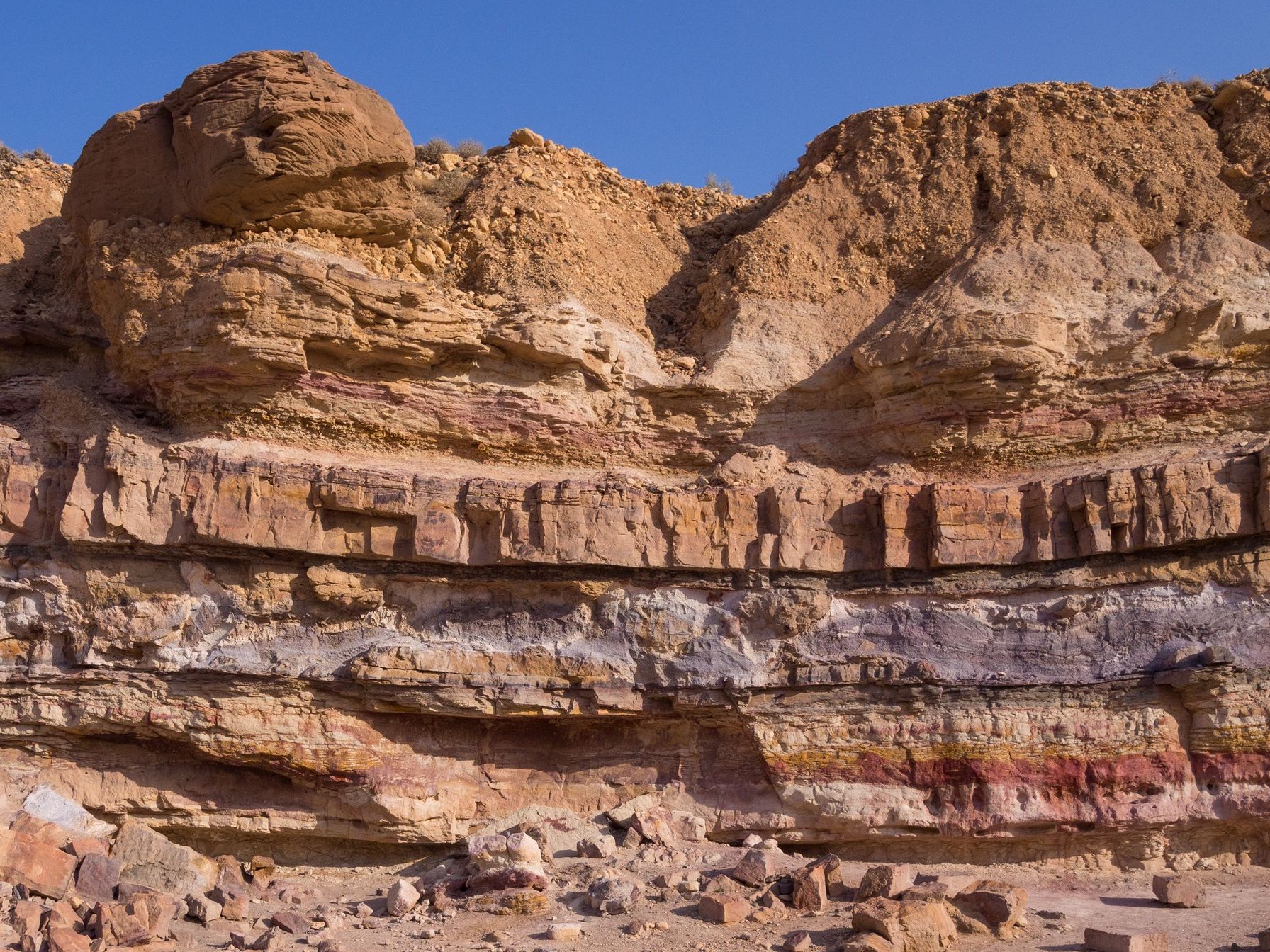
Week 3. Geochemistry of Sedimentary Rocks
Geochemistry of Sedimentary Rocks: The chemical and mineralogical compositions of sediments and sedimentary rocks are extremely diverse. Sediments may be classified according to the origin of the minerals composing the bulk sediment, with end-members being referred to as terrigenous, biogenic or metalliferous sediment. Terrigenous sediments results from the processes of physical/chemical weathering and erosion acting upon upper crustal rocks exposed at the surface of the Earth. These processes give rise to fundamental changes in mineralogy and chemistry because most primary igneous and metamorphic minerals, originally formed and equilibrated at elevated pressures and temperatures, are thermodynamically unstable in the presence of most natural surface waters. Transport, either as particles or in solution, and deposition act to further alter the composition of sediments.
The chemical composition of sedimentary rocks is a result of a complex sequence of processes acting on starting geological materials. Such starting materials could originate in the disintegration and weathering of preexisting rock systems, or in precipitation of compounds from solutions with or without assistance of living organisms. Here we wouldlike to underline that the evolution of mineral and organic constituents of sediments are not to be separated from each other. The composition, structure, and relationships between constituents of sediments are also precise fingerprints of processes of ulterior transformation during burial and basin subsidence. During the evolution of sedimentary systems, economic accumulations of gas, oil, and coal can be generated. The
accumulation of metals leads to the origin of deposits of different types. Here individual steps of the sediment genesis and evolution are presented, including dataimportant for geochemical investigations of these rocks.
For detail lesson see the attached pdf file ( Geochemistry of Sedimentary Rocks)



